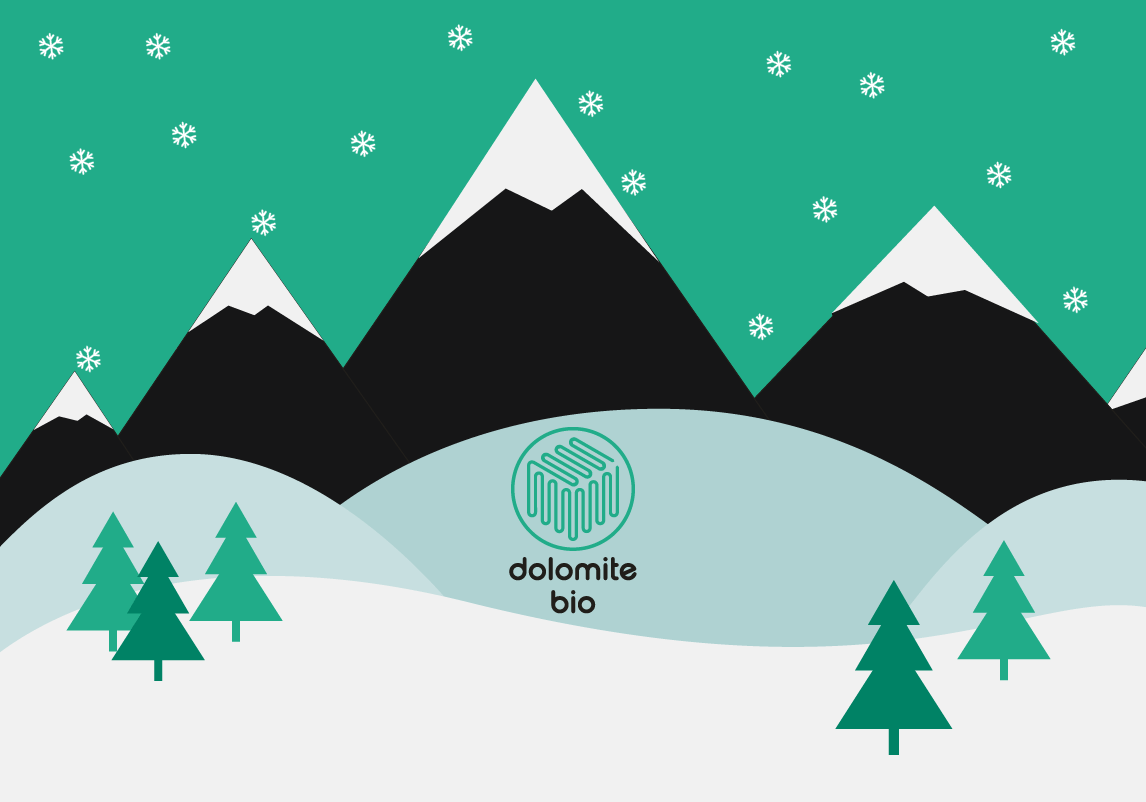With 2022 coming to an end, we wanted to reflect on everything exciting that happened in our Dolomite Bio community. In particular, we wanted to highlight the top 5 blogs of this year ranging from new a method for single cell long-read sequencing to an in-depth bioinformatics tutorial series.
At Dolomite Bio we are looking back at a busy year of launching several new products and tools, including Nadia Go, a compact, affordable microfluidic system for custom microfluidic and genomics research launched in September.
We also released three new kits of which two are hydrogel focused, enabling high-throughput encapsulation of cells in hydrogel scaffolds. The nadAROSE and nadia3D kits address the needs of researchers exploring both agarose encapsulation and collagen- based hydrogel projects for the 3D cell culture space.
And last, but not least, we released RNAdia 2.0 at the end of the year improving our kit for scRNA-seq even further by adding, amongst other things, the Droplet Ananlyzer Software a free software designed to help researchers accurately calculate droplet size, bead capture frequency or multiplet proportion. With this new version of the kit and the Bioinformatic service that launched in January 2022 we hope to enable a high quality, low cost, complete solution for all our customers going into 2023.
With this we would like to wish everyone a happy holiday from Dolomite Bio and best wishes for the new year! And here are our top 5 blogs of the year 2022:
Top 5 blogs of 2022
5. Using hydrogels in single cell research – getting started with agarose encapsulation
An exciting new path of single cell research combines high throughput encapsulation of cells in a 3D scaffold (spheroid) with the free perfusion of molecules whilst also compartmentalizing the cells to maintain their monoclonal identity. At the single cell level, cell biology focuses on understanding the behaviour and interactions of individual cells. This is useful, for example, to discern the heterogeneity within a tumor. So, what is the ideal workflow that involves capturing single cells and allowing for growth and proliferation at the same time?
Using hydrogels in single cell research- getting started with agarose encapsulation
4. Custom Microfluidics – Powering your research with Nadia Go
Cells obtained from plants or other less typical cell types may require protocol adjustments of the single cell capture step. This is due to variability in cell size, buffer compositions and other variations. Scientists working on canonical cell types may also wish to develop new protocols to fit their specific experimental needs. Flexible technology allows to successfully apply single cell research to non-mammalian organisms.
3. Disclosing transcriptional profiles of a conserved GI stromal stem cell niche with Nadia
Kim et al. uses single cell transcriptomes analysis to identify a stem cell niche that is conserved between the stomach and intestines, and the role of stomach stromal cells, in particular. From the single cells pattern, they characterized these conserved stromal cells with telocyte, pericyte markers and a high expression of Wnt ligands. Furthermore, the Wnt signaling pathway directly mediated by Hedgehog (Hh-) and GLI2- transcriptional activation was also revealed. Lastly, through genetic analysis on mouse models, these conserved stromal Wnt signals show crucial roles in gut regeneration and development rather than in maintaining the stem cell niche’s homeostasis.
Disclosing transcriptional profiles of a conserved GI stromal stem cell niche with Nadia
2. scCOLOR-seq – Novel strategy for single cell long-read sequencing with nanopore technology
Philpott et al. published a novel strategy for single cell nanopore sequencing called corrected long-read sequencing (scCOLOR-seq). The method enables nanopore-based single cell transcriptome long-read sequencing without the need for additional short-read sequencing for error correction. Subsequent data analysis involves new two-pass assignment method for barcode identification.
scCOLOR-seq – Novel strategy for single cell long-read sequencing with nanopore technology
1. Bioinformatic tutorial series
This year we released a comprehensive blog series on fundamental methods of single cell data analysis. We spanned topics from pre-processing of data to dimensionality reduction methods such as PCA, t-SNE and UMAP to an in-depth look at cell annotation methods.
Pre-processing of single cell data – A comparison of dropSeqPipe and Kallisto-bustools
PCA method – Dimensionality Reduction in Single Cell Genomics
t-SNE method- Dimensionality Reduction in Single Cell Genomics
UMAP method- Dimensionality Reduction in Single Cell Genomics

